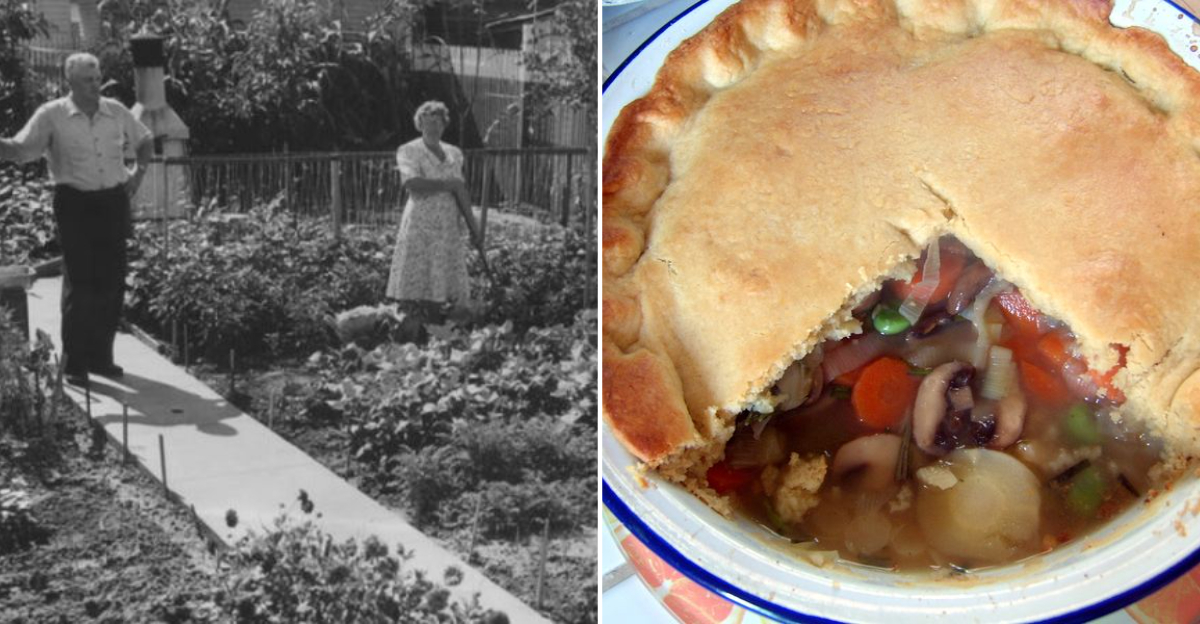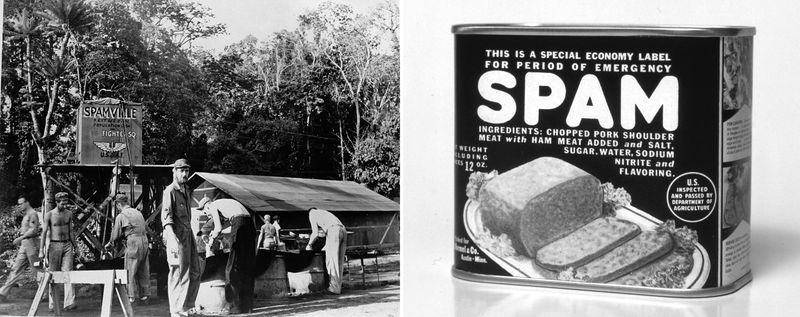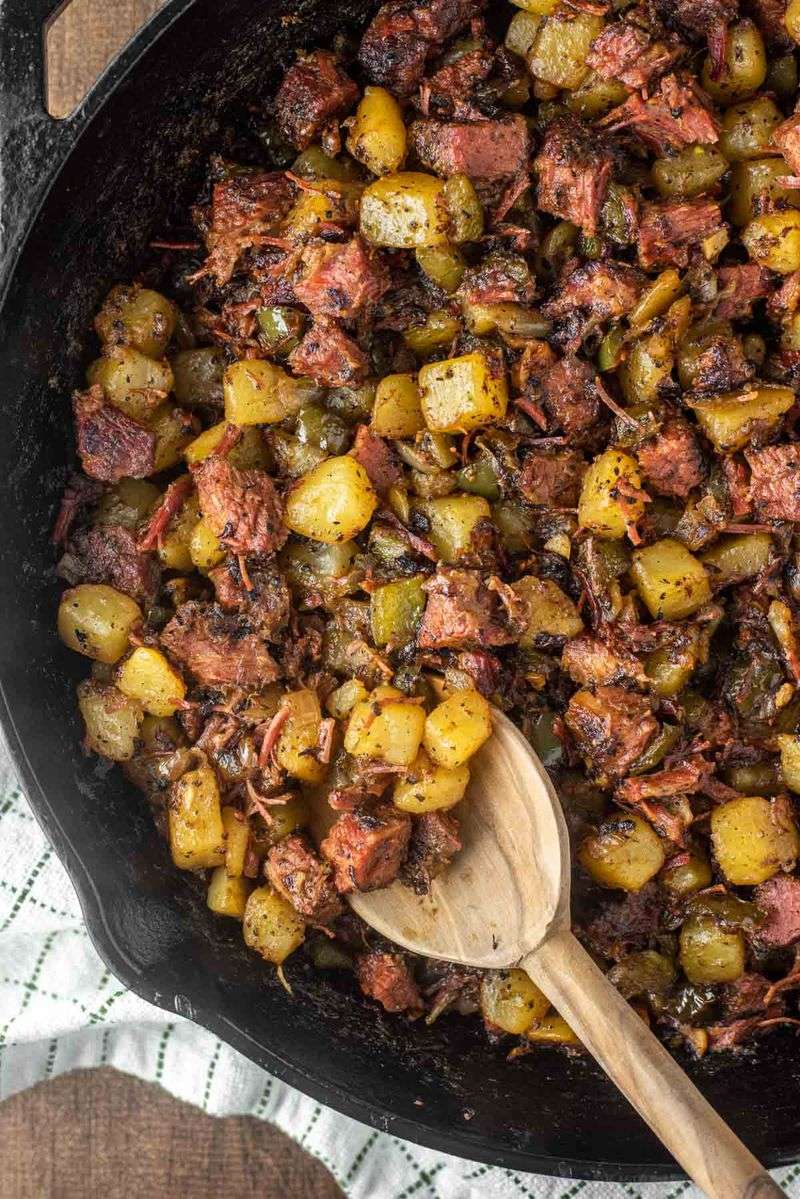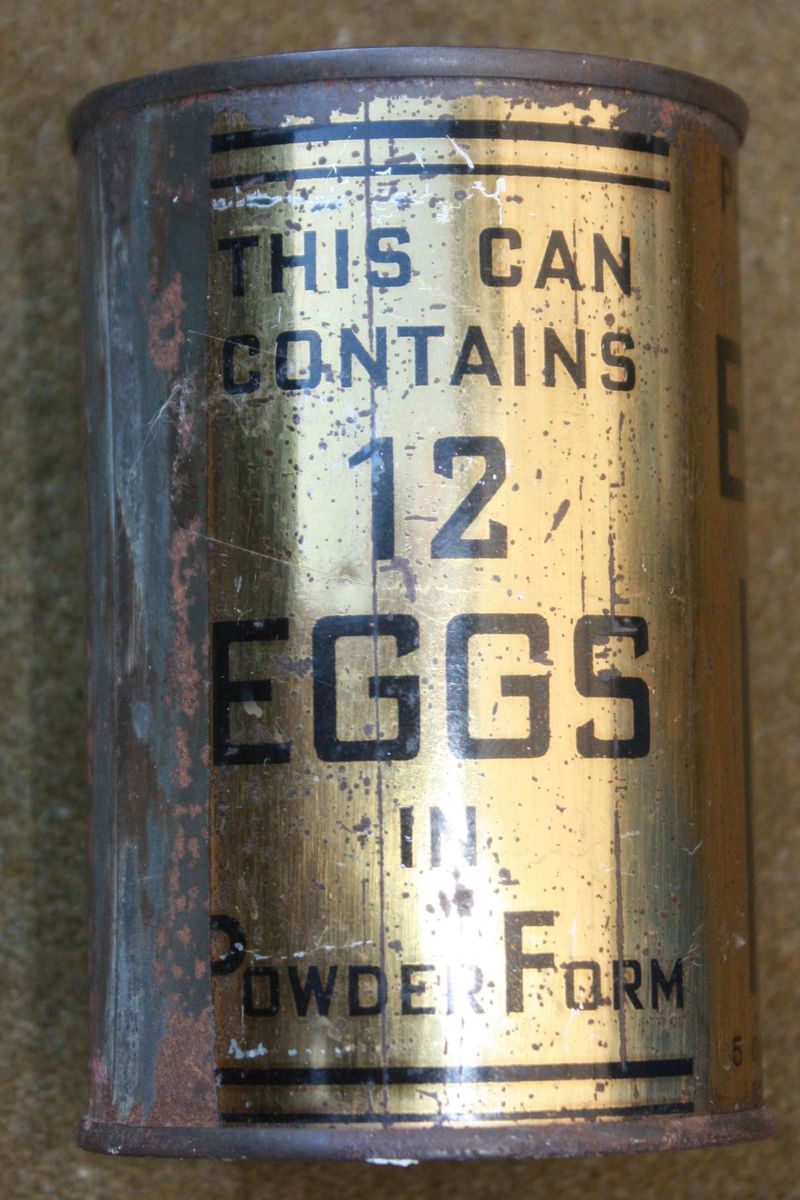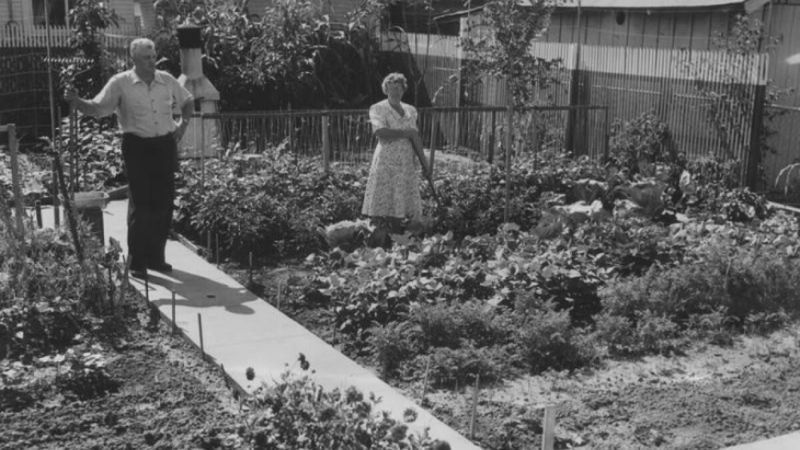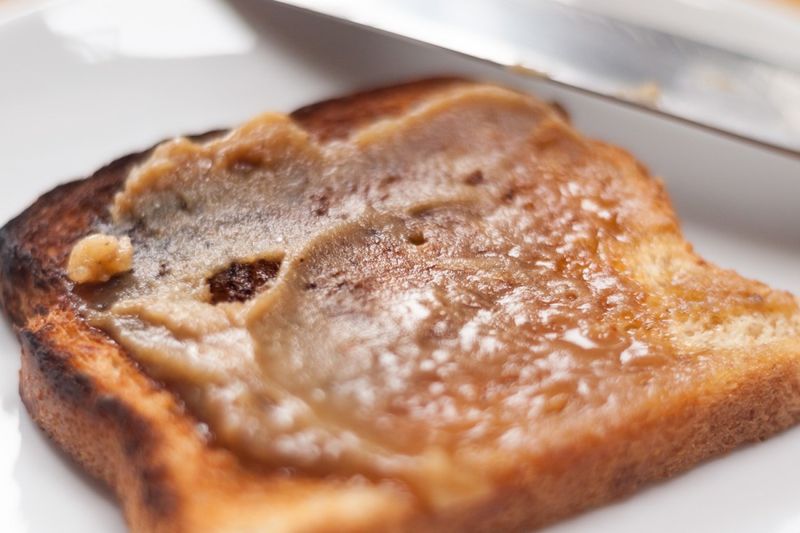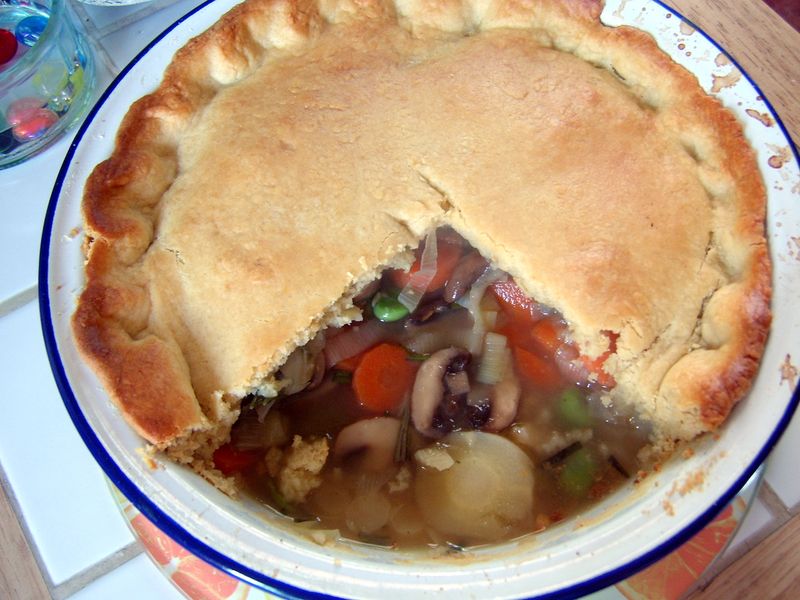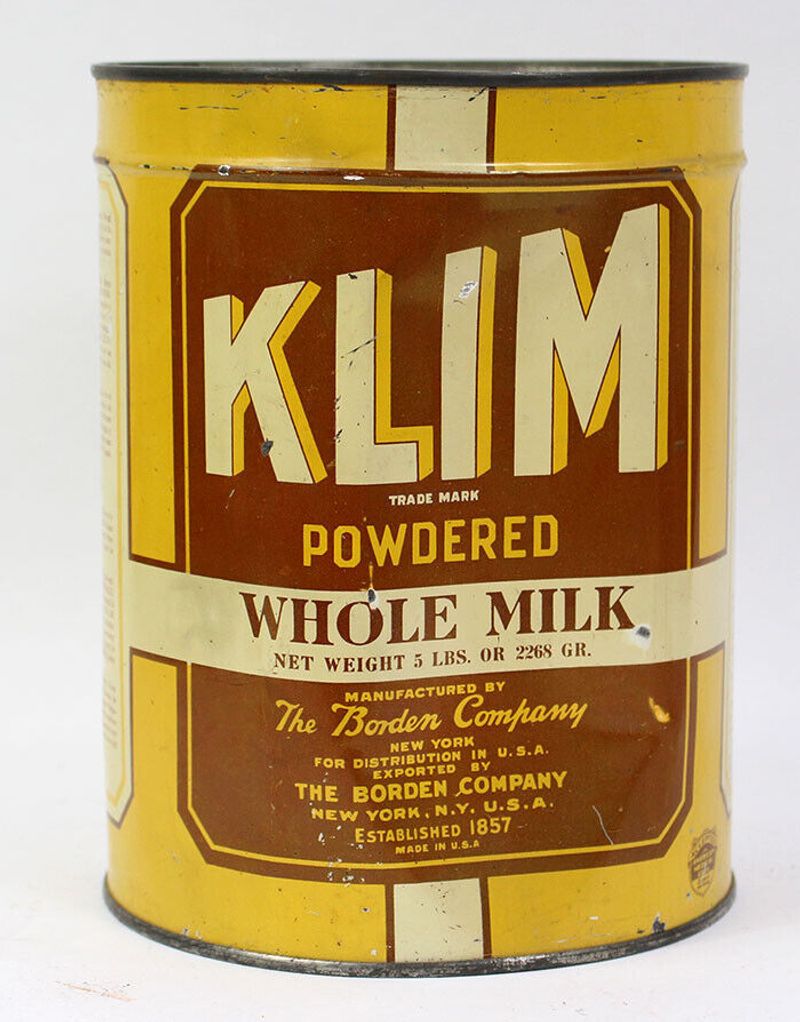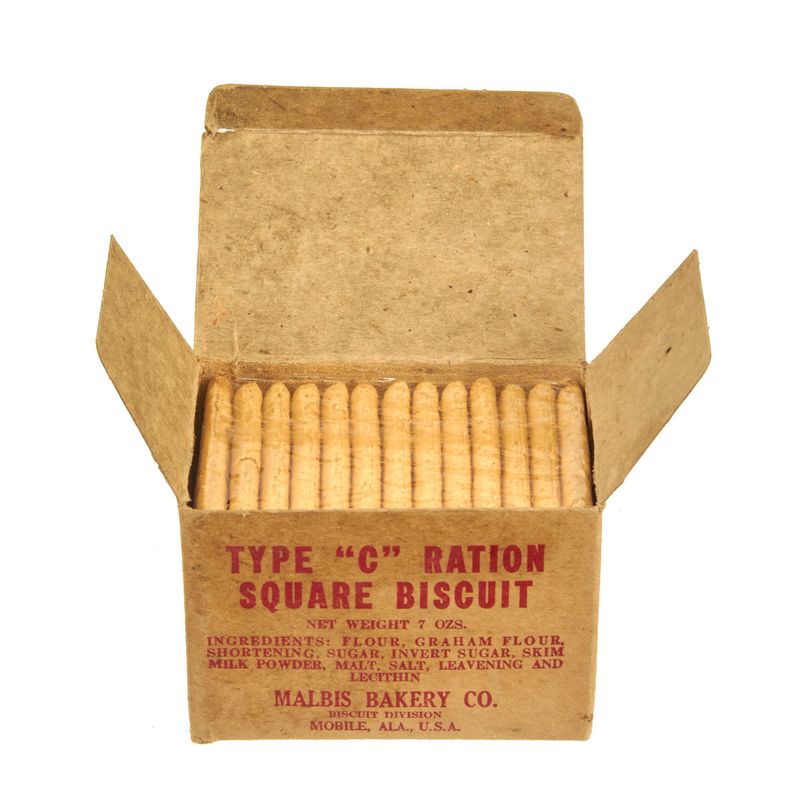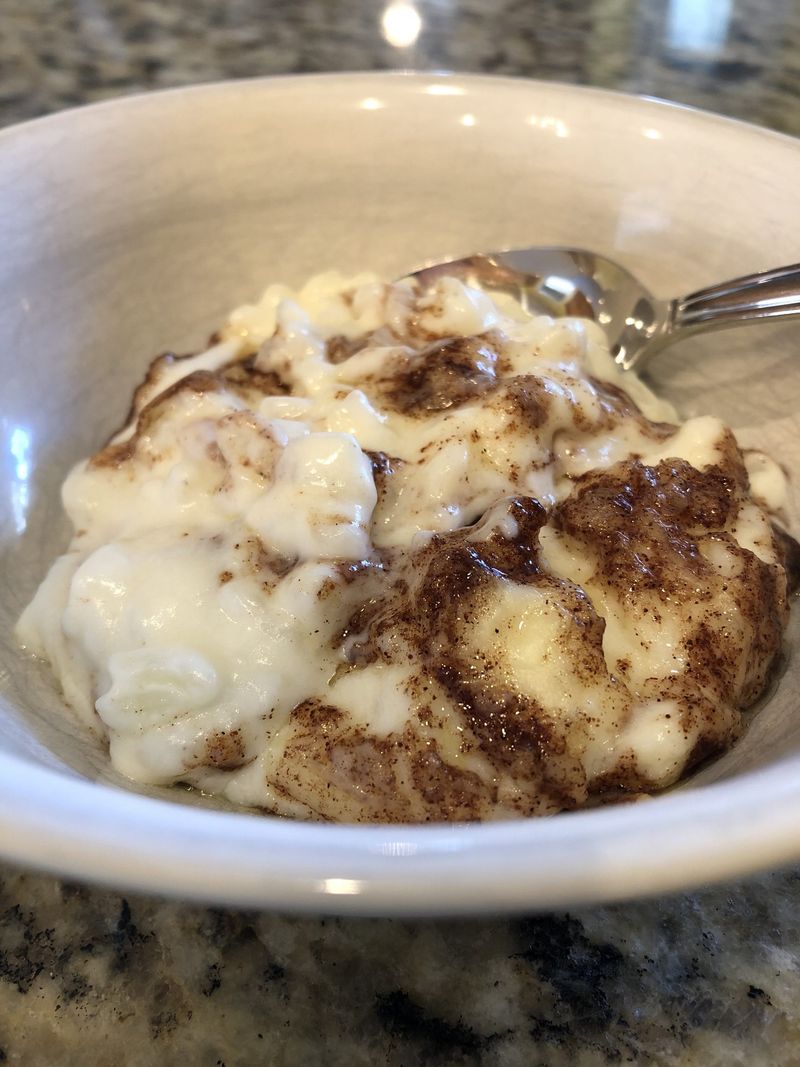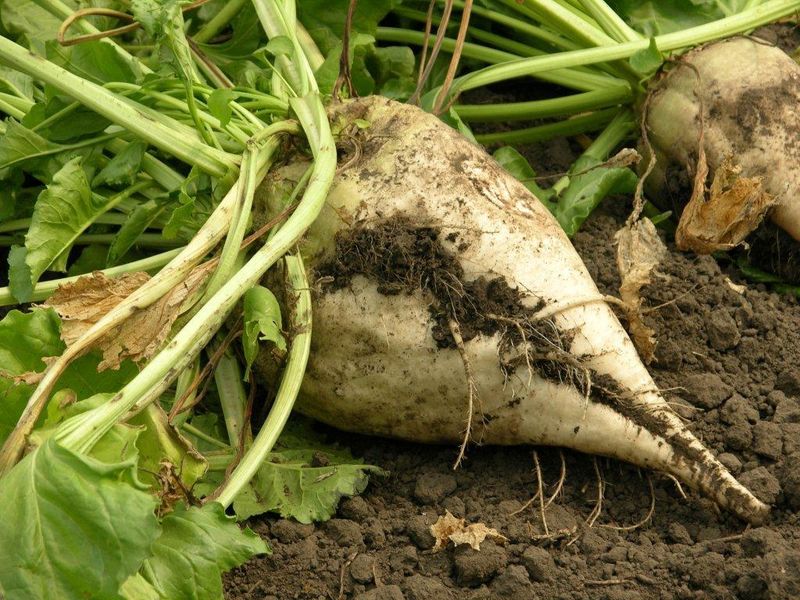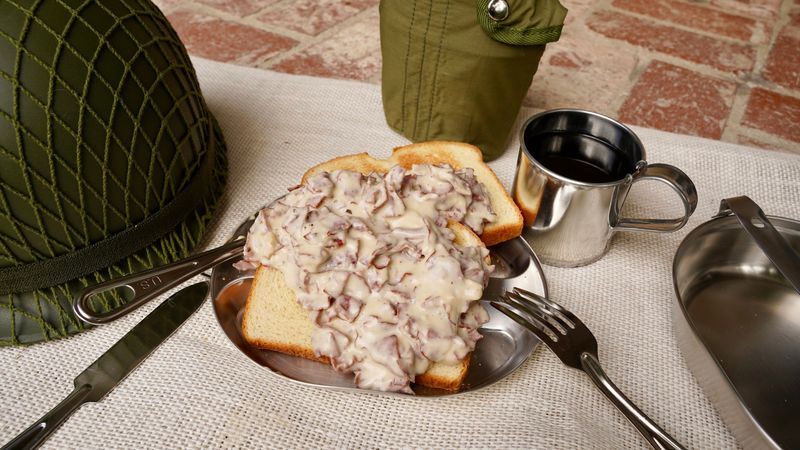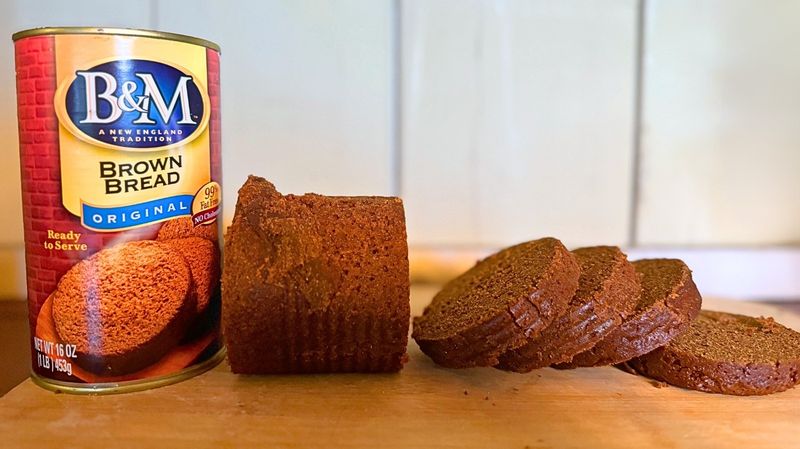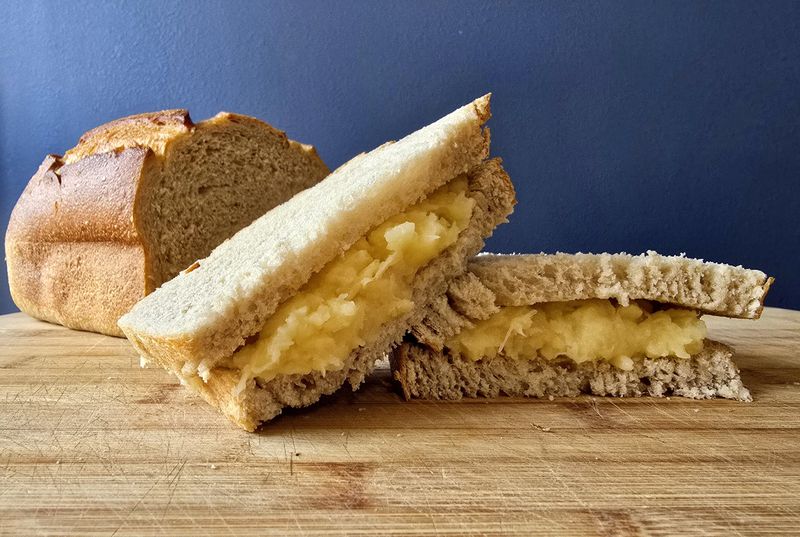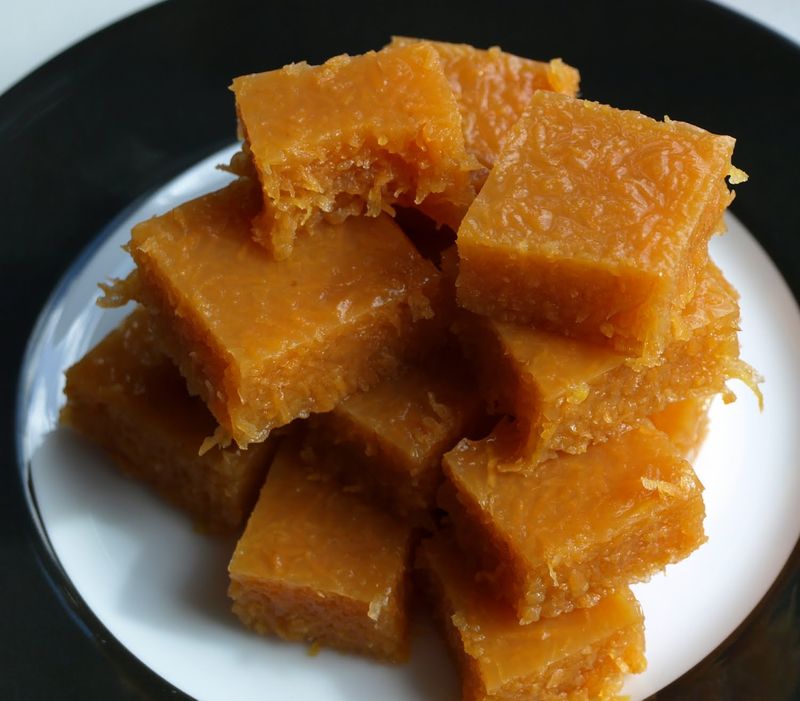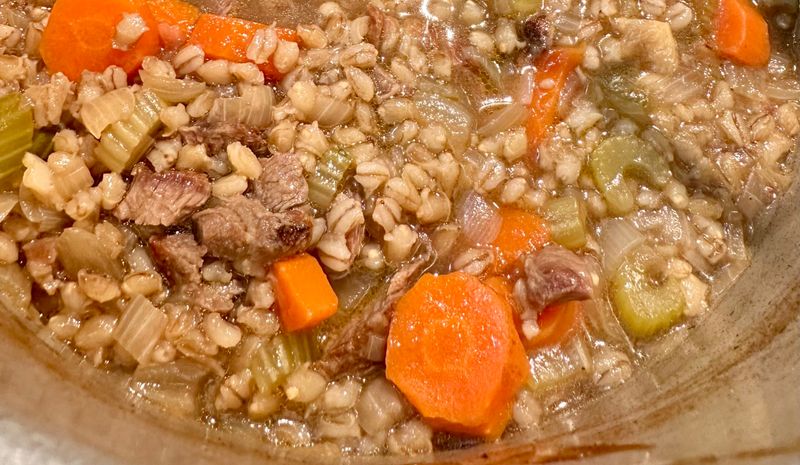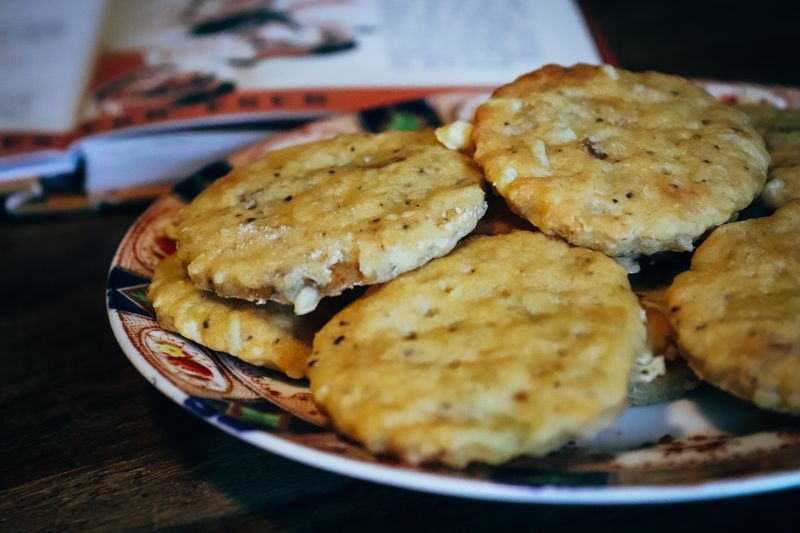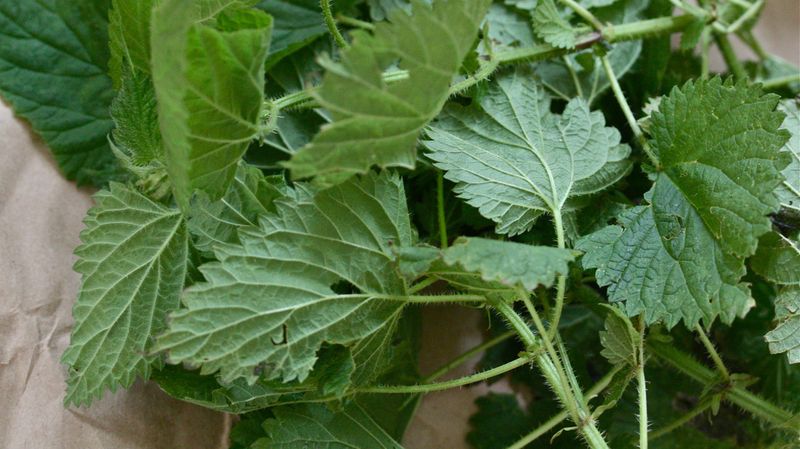When World War II turned the world upside down, food became more than nourishment—it became survival. With rationing, scarcity, and global uncertainty, families had to stretch every scrap, make do with what they had, and create meals from the unlikeliest of ingredients. These 17 wartime foods weren’t glamorous, but they kept millions alive—and tell the powerful story of resilience, sacrifice, and ingenuity in the face of hardship.
1. Spam
Love it or loathe it, Spam was the canned enigma that fed millions. Its long shelf life made it a pantry hero during WWII. Soldiers and families alike relied on this mystery meat, which could be fried, baked, or even eaten cold.
The beauty of Spam lay in its versatility. It wasn’t the meat’s flavor but its adaptability that won hearts and filled stomachs.
From sandwiches to stews, Spam proved that simplicity could sustain. It wasn’t just food; it was a wartime staple that defined an era of necessity.
2. Corned Beef Hash
Stretching a single can of corned beef with potatoes and onions was a common strategy during WWII. This humble dish warmed the soul and fed many with little.
Corned beef hash represented creativity in the kitchen, turning scarce ingredients into hearty meals. It wasn’t just about flavor; it was about making do.
In a time of need, corned beef hash offered not only sustenance but a sense of normalcy and comfort.
3. Powdered Eggs
Picture a breakfast table without the crack of a shell hitting the bowl. During WWII, fresh eggs were a scarcity. Powdered eggs stepped in, transforming cakes, breakfasts, and even scrambled eggs from dreams into reality. These eggs weren’t about gourmet flavors; they symbolized survival.
In a world turned upside down, this lifeline was crucial. Mix with water, and you had the semblance of eggs. Families learned to adapt, creating meals that filled bellies despite shortages.
Powdered eggs became not just a substitute but a symbol of resilience when fresh options vanished.
4. Victory Garden Vegetables
When store shelves emptied, victory gardens blossomed. Families took food production into their own hands, planting beans, carrots, onions, and potatoes. These gardens were more than sustenance—they were a statement of self-reliance and community spirit.
Victory gardens fed entire neighborhoods, turning backyards into lifelines. The act of gardening itself became a form of resistance, a way to contribute to the war effort.
These homegrown vegetables weren’t just meals; they were symbols of hope and determination in a time of scarcity.
5. Drippings on Toast
In an era of rationed butter, drippings on toast became the humble hero of snacks. Known as “bread and scrape,” this dish used leftover meat fat as a spread. It added flavor and much-needed calories when resources were thin.
The simplicity of drippings on toast belied its significance. It transformed ordinary bread into a savory delight, offering a brief escape from the monotony of wartime meals.
This simple snack was a reminder that even the smallest luxuries could lift spirits and nourish bodies.
6. Woolton Pie
Named after the British Minister of Food, Woolton Pie was a creative solution to meat shortages. This vegetable pie contained only carrots, turnips, potatoes, and oats. It was a testament to thrift and ingenuity in a time of need.
Woolton Pie became a culinary icon, representing the wartime spirit of making do. It was humble yet hearty, providing sustenance without extravagance.
This dish was more than a meal; it was a symbol of collective effort and resilience, reflecting the ingenuity of families determined to thrive despite limitations.
7. Dried Milk (Marvel or Klim)
Fresh milk was a luxury during WWII, so dried milk like Marvel or Klim became the norm. This powdered alternative was stirred into tea, poured over cereal, or used in baking.
Dried milk wasn’t just a substitute; it was a crucial adaptation. Families quickly embraced its versatility, finding ways to mimic the real thing in daily meals.
This simple powder was a testament to creativity, allowing families to enjoy the semblance of normalcy with their morning routines.
8. Ration Biscuits
Hard, dry, and built to last, ration biscuits were a staple during WWII. Often military surplus, they filled bellies and soaked up soup, even if they didn’t thrill the taste buds.
These biscuits were more than sustenance—they were symbols of endurance. Each bite represented the resolve to withstand hardship.
Though not gourmet, ration biscuits provided comfort in trying times, reminding families of shared sacrifices and the strength to carry on.
9. Rice Pudding
With just milk, sugar, and rice, rice pudding became a cherished treat during WWII. This simple dessert offered a sweet escape and felt like a feast despite limited ingredients.
Rice pudding brought warmth and comfort, turning rationed basics into something special. Its creamy texture and gentle sweetness provided solace.
For families, this dessert wasn’t just about taste. It represented moments of joy and connection in the midst of struggle.
10. Beet Sugar
With white sugar rationed, beet sugar became an unexpected savior during WWII. Families boiled and processed beets at home to create this rare touch of sweetness.
Beet sugar added flavor to meals, proving that innovation could triumph over scarcity. It wasn’t just a substitute but a symbol of adaptability.
This sweet solution highlighted the ingenuity of home cooks determined to maintain a semblance of normal life.
11. S.O.S. (Sh*t on a Shingle)
A military favorite, S.O.S. featured creamed chipped beef on toast. Soldiers brought this dish home, and families added it to their regular rotation.
This meal was more than a humorous name. It was a filling, budget-friendly option that became a staple in wartime households.
S.O.S. exemplified the resourcefulness of families who turned basic ingredients into comforting meals, making the best of what was available.
12. Brown Bread in a Can
Yes, brown bread in a can was real during WWII. This dense, molasses-flavored bread was baked in a can, ready to slice and serve.
Its long shelf life made it a pantry staple, pairing well with various toppings. It wasn’t just convenience; it was a creative solution to food shortages.
This bread stood as a testament to the ingenuity of the time, providing sustenance in the face of adversity.
13. Mock Banana Sandwiches
In the U.K., real bananas were rare during WWII. To fill the gap, mashed parsnips with banana flavoring became the surprising substitute for fruit lovers.
These mock banana sandwiches were more than a curiosity; they were a testament to the creativity sparked by scarcity.
Families found ways to indulge cravings, proving that innovation could thrive even in challenging times.
14. Carrot Fudge
With chocolate nearly non-existent, kids had to get creative during WWII. Grated carrots, a little sugar, and imagination combined to make carrot fudge, a wartime “candy.”
This sweet treat wasn’t about luxury but about finding joy in simplicity. It captured the spirit of resilience and innovation.
Carrot fudge became a symbol of wartime childhoods, offering a taste of happiness amidst hardship.
15. Barley Soup
Cheap and filling, barley soup was a wartime staple. Families loaded it with whatever scraps were available, turning leftovers into nourishing meals.
Barley soup wasn’t just about eating; it was about making the most of what you had. It represented thrift and resourcefulness.
This simple dish sustained families and warmed spirits on cold nights, embodying the endurance of wartime life.
16. Potato Cakes
Mashed potatoes transformed into patties and fried made potato cakes a common wartime meal. They repurposed leftovers and provided comfort without meat.
Potato cakes weren’t just a side dish; they were a symbol of adaptability and creativity in the kitchen.
In a world of scarcity, this humble meal offered warmth and sustenance, embodying the ingenuity of families during the war.
17. Nettles and Wild Greens
Foraged foods like stinging nettles became crucial when gardens failed or rations ran dry. These wild greens, boiled into teas or soups, were bitter but life-saving.
Nettles represented survival, a connection to the earth, and the resourcefulness needed in dire times.
They were more than just sustenance; they were a testament to humanity’s ability to adapt and endure.
